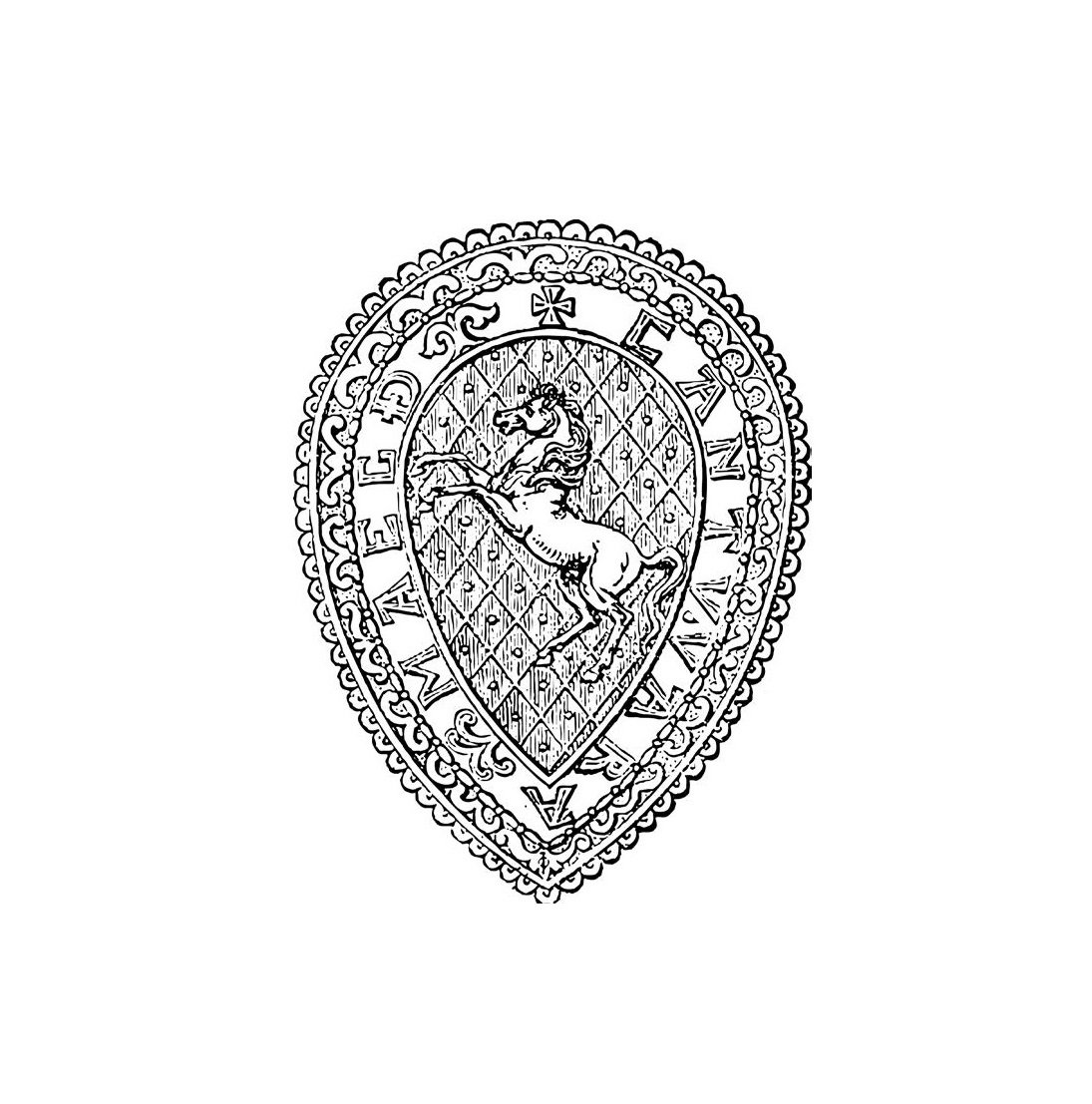
The House of the White Friars, Sandwich, A.D. 1272. Preliminary Report
Search page
Search within this page here, search the collection page or search the website.
Roman Site and Finds, Stour Street, Canterbury
Reports
The House of the White Friars, Sandwich, A.D. 1272. Preliminary Report
( 225 ) THE HOUSE OE THE WHITE ERIARS, SANDWICH, A.D. 1272. PRELIMINARY REPORT BY W. P. D. STEBBING, E.S.A. THROUGH the kindness of Dr. John Harrisson, the owner of the site, and the Committee of the History of Sandwich Fund, who set aside some money to pay for the excavation, the foundations of this CarmeUte Friary have been temporarily uncovered. The work has been under the charge of Mr. Stebbing, with the help of Mr. John Archibald, Mr. B. W. Pearce and Mr. Alan Martin. Mr. J. P. Bushe-Fox, the Chief Inspector of Ancient Monuments, visited the site on several occasions. Miss Mabel MUls has helped with many references. This CarmeUte House was founded in 1272. In 1416 Henry V lodged there " in the outer chamber of the manse." In 1538 the House was surrendered to the Bishop of Dover and two years later the site was purchased by Thomas Arderne of Faversham. There is evidence of considerable occupation of the site and alteration of buUdings into the seventeenth century. The site Ues between the back of the seventeenth century house known as " The Whitefriars " in New Street, and the ramparts on the S.W. side of the town, and is bounded on three sides by dikes. The field is not water-logged but the O.D. level of the duces is 5 • 13', while the general ground level is only 8»13' O.D. Water stands in holes dug to a depth of 2 ft. 6 ins. The early entrance to the precincts was from the Corn Market where was situated the " Friars Gate." A way led from thence past the cemetery to the doorway at the W. end of the N. side of the Church. The friars' entrance to the precinots has not been found but was probably through the range of buUdings on the western side. The Church consisted of a nave of seven bays 226 THE WHITE FRIARS, SANDWICH. with N. aisle, and chancel probably of four bays. On the S. side of the nave, where there was a doorway at the western end, was the cloister with N.S.E. and W. walks. On the E. side was the chapter house with probably a slype between it and the S. side of the chancel. Definite traces of foundations have not been traced to the S. of the chapter house but the soil is full of flints, broken bricks and roofing tUes. The W. side of the Cloister is connected by evidence of paving with a smaU chamber paved with re-used floor tiles— mostly very badly worn—and with a range of rooms of which two to three feet of the strongly buttressed W. waU remain. On the S. side of the cloister was the Refectory with a doorway at the W. end of its N. wall. It has three buttresses of slight projection on this side. The W. wall has gone. The exterior of the E. waU has a well cemented surface, and has a doorway at its southern end. The S. waU retains the foundation courses of large buttresses and in the centre a bold projection from which the flooring has been robbed. This may have been the foundation for the refectory pulpit. To the S. and W. of the Refectory are ranges of buildings with brick-paved floors, connecting passages and fireplaces. The hearths of these last have been robbed but in one case the stone curb of the 5 ft. opening remains. The site of the kitchen has not been definitely traced, but remains of floors at the S.W. angle of the Refectory give some indication. The site has yielded fourteenth century encaustic tUes, 4 ins. square, as weU as others, plain dark green or yeUow ; fragmentary and badly decayed stained glass; a very small amount of Purbeck marble in the shape of shafting and floor slabs; fragments of Caen stone mouldings; Marquis semi-marble from near Boulogne ; and bricks of aU dimensions but only two of the smaU Dutch clinkers. There is much post-Reformation coloured and Delft pottery, and stone-ware (Cologne ware and BeUarmines), but very Uttle of medieval date besides the early pitcher mentioned under the heading "Reports." The metal work THE WHITE FRIARS, SANDWICH. 227 includes keys, various fragments of domestic iron work, a sixteenth or seventeenth century pewter spoon, and a latten Lombardic letter Q_. A marble bead probably from a rosary and part of a glass cane-chevron bead are among other smaU objects. The coins include an Edward III half-penny, farthing tokens of James I and Charles I, and Nuremberg and seventeenth century traders' tokens.
